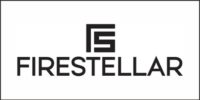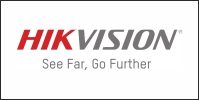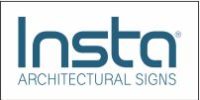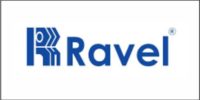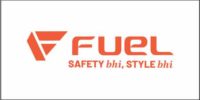 Working at heights is an inherent part of many industries, including construction, industrial maintenance, and facility management. However, it presents significant risks, with falls often resulting in severe injuries or fatalities. To mitigate these dangers, implementing comprehensive height safety solutions and robust fall protection training is imperative. This article explores the critical components of height safety, highlights the available solutions, and underscores the importance of continuous education and preventive measures.
Working at heights is an inherent part of many industries, including construction, industrial maintenance, and facility management. However, it presents significant risks, with falls often resulting in severe injuries or fatalities. To mitigate these dangers, implementing comprehensive height safety solutions and robust fall protection training is imperative. This article explores the critical components of height safety, highlights the available solutions, and underscores the importance of continuous education and preventive measures.
The Risk Landscape of Working at Heights
The dangers of working at heights are manifold, encompassing falls, falling objects, and unstable surfaces. For workers exposed to these risks, the absence of proper safety protocols can lead to life-altering consequences. Regulatory bodies worldwide, such as OSHA (Occupational Safety and Health Administration) and other local authorities, mandate specific guidelines to ensure worker safety at heights, emphasizing the importance of adherence.
Key Height Safety Solutions
Height safety solutions are categorized based on the nature of work, the environment, and the level of risk involved. Here are some of the most effective solutions employed in various industries:
- Fall Arrest Systems
Fall arrest systems are designed to arrest a worker’s fall, preventing contact with the ground and minimizing injury. These systems typically include a harness, lanyards, and an anchor point:
- Harness: Worn by the worker to distribute the force of a fall evenly across the body.
- Anchor Point: A secure point to which the system is attached, ensuring stability during an emergency.
- Shock-Absorbing Lanyards: These reduce the impact force exerted on a worker’s body during a fall.
Industries such as construction and telecommunications frequently utilize fall arrest systems for workers operating at heights exceeding six feet.
- Guardrails
Guardrails act as physical barriers to prevent accidental falls. They are installed around work area perimeters, rooftops, and scaffolding. Constructed from durable materials like metal or reinforced plastic, guardrails are a cost-effective solution for reducing risks without requiring specialized equipment or training.
- Safety Nets
Safety nets provide collective protection, serving as a safety cushion for workers at significant heights, often 30 feet or more. Installed beneath work zones, these nets are particularly beneficial in construction projects where traditional barriers may not be feasible.
- Personal Protective Equipment (PPE)
PPE includes essential gear such as:
- Hard Hats: To protect against falling debris.
- Safety Glasses: For shielding eyes from hazardous particles.
- Gloves and Safety Shoes: For handling sharp edges and maintaining stable footing. While PPE is a last line of defense, its usage is mandatory across many industries.
Enhancing Safety Through Training and Inspections
Beyond physical solutions, a culture of safety is crucial. This can be cultivated through:
Comprehensive Fall Protection Training
Training equips workers with the knowledge and skills to:
- Identify risks in their work environment.
- Use safety equipment correctly.
- Follow emergency protocols in case of an incident. Training sessions should be tailored to the specific roles and risks associated with each worker’s duties.
Regular Inspections and Maintenance
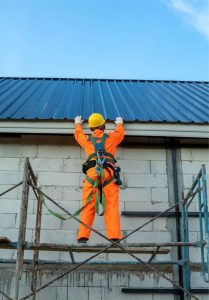 Safety equipment and systems must undergo periodic inspections to ensure functionality. This includes checking:
Safety equipment and systems must undergo periodic inspections to ensure functionality. This includes checking:
- The integrity of harnesses and anchor points.
- The stability of guardrails and nets.
- Compliance with safety standards.
Warning Systems and Signage
Strategic placement of warning signs and labels enhances awareness of potential hazards. These visual cues remind workers to remain vigilant and adhere to safety protocols.
Conclusion
Height safety is a shared responsibility that demands collaboration among employers, safety officers, and workers. By investing in advanced height safety solutions, conducting ongoing training, and fostering a proactive safety culture, businesses can significantly reduce workplace accidents and ensure the well-being of their teams. Ultimately, the goal is not just compliance with regulations but the creation of an environment where workers can perform their duties confidently and securely.












